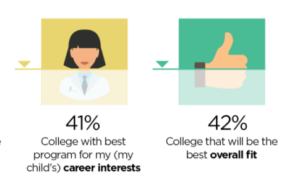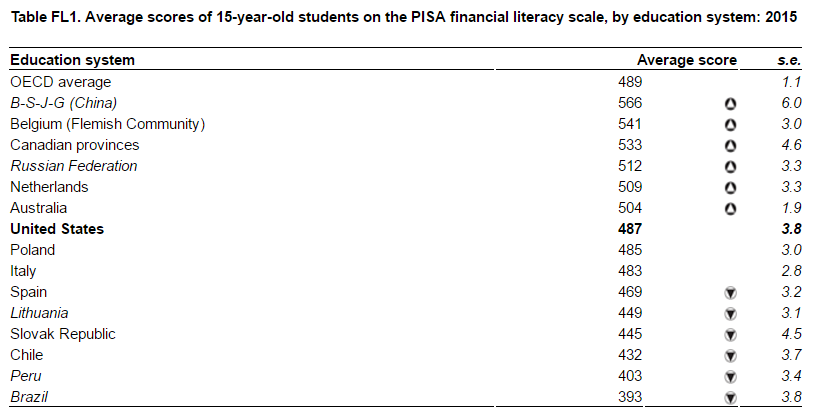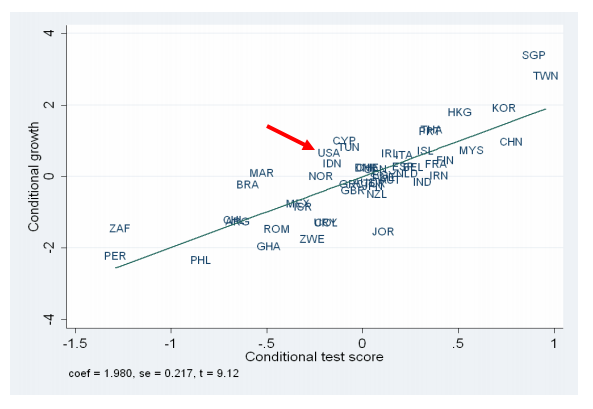Program for International Student Assessment
Every three years, fifteen year olds around the world participate in testing that assesses reading, mathematics, and science literacy. Coordinated by the Organization for Economic Cooperation and Development (OECD), the Program for International Student Assessment (PISA) was last conducted in 2018, with reading literacy serving as the major domain to be assessed. The results from the most recent assessment have been published all year long, and reports (including the most recent Are Students Ready to Thrive in an Interconnected World?) are regularly published on the PISA website.
OECD Education at a Glance 2020
On an annual basis, the OECD publishes Education at a Glance, a report that serves as a data source to compare structures, finances, and performance outcomes of international education systems. Education at a Glance 2020 has a specific focus on Vocational Education and Training (VET), and provides implications for VET in the US and internationally.
Implications for CTE
During the COVID-19 pandemic, career technical education has never been more important, as states leverage Career Technical Education (CTE) programs to rapidly credential adult workers and aid in economic recovery. In a recent webinar with the National Center for Education and the Economy, OECD Director for Education and Skills (and chief administrator of PISA) Andreas Schleicher further illustrated the need for vocational credentialing, arguing that “professions with vocational qualifications have formed the backbone of economic and social life during the lockdown.” The Education at a Glance 2020 report similarly correlates investment in CTE (or VET programs internationally) with increased economic returns.
According to the Bureau of Labor Statistics, jobs in the healthcare industry are growing faster than average than every other occupation industry, and more students than ever before are expecting to enter into a healthcare occupation. However, PISA 2018 survey results illustrate that students do not regularly have the skill sets required by the job market, nor do they understand the educational demands that their chosen occupation often requires. During a pandemic that relies on skilled healthcare professionals, when learners don’t necessarily have the skills they need to enter this field, and research reveals economic returns from CTE programming, it is crucial that educators and legislators leverage CTE to benefit the healthcare industry and the economy. Career technical education programs could provide learners the necessary information they require to enter into the healthcare field or, as adults, help reskill/upskill to get the credentials learners need to be successful in an ever-growing field.
Dan Hinderliter, Policy Associate




